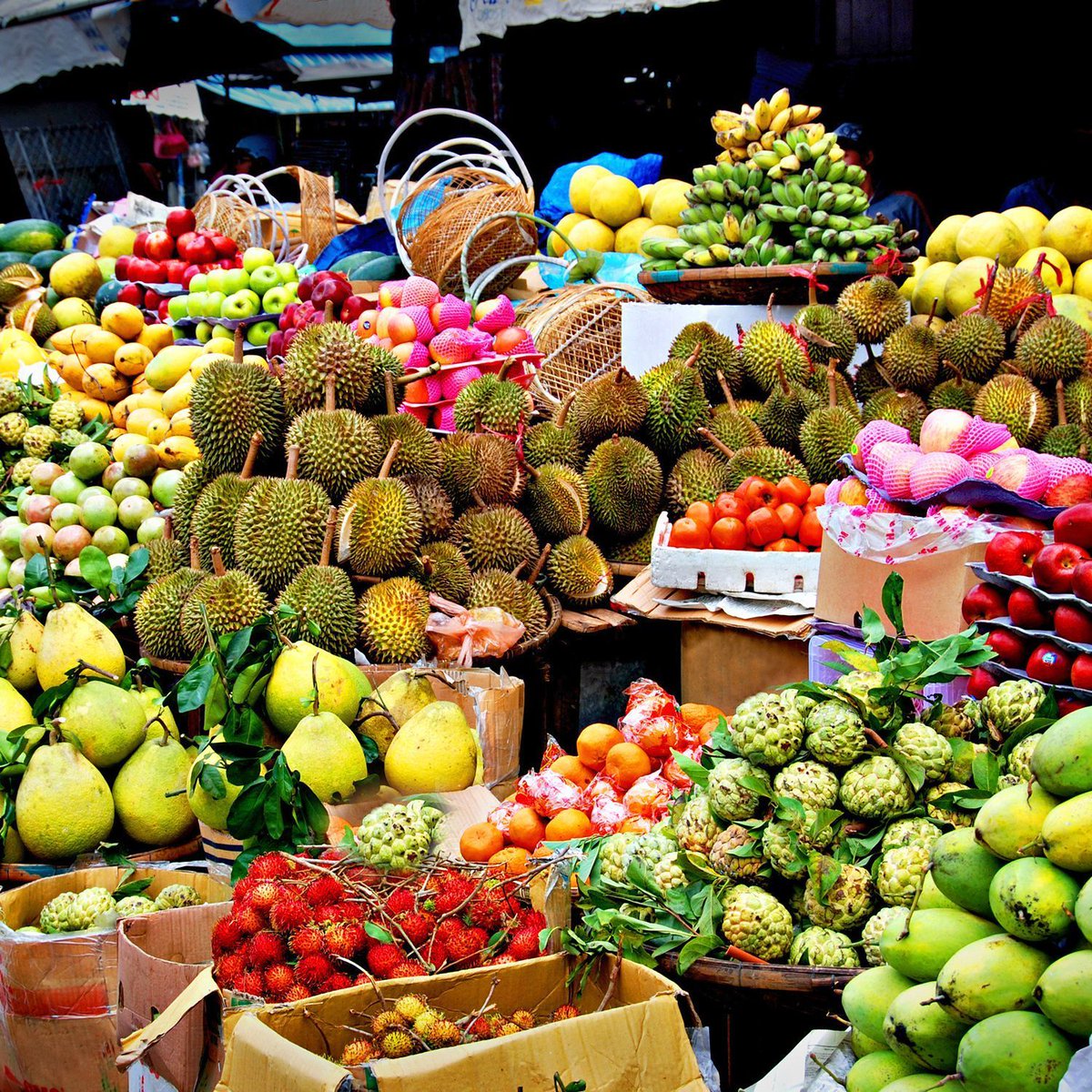By John Wilson of Food Matters Zimbabwe Fame
Here’s a 50-minute podcast interview with David Montgomery, a guitar-playing (belongs to two bands) Professor of Geomorphology at the University of Washington who has written books on Regenerative Agriculture. I sent out quotes from one of his books last weekend. I found the whole interview interesting, but the things that grabbed my attention most were towards the end on how Glyphosate is affecting health indirectly, and how multi-species cover cropping can bring food nutrients back quite quickly it seems.
Some of you might know this but it appears that the real problem with Glyphosate is its part as a disruptor of the gut microbiome. It seems that it changes the community make-up of the microbiome in livestock (most studies have been on livestock, few on humans). And if it’s happening to livestock then isn’t likely that it’s happening to humans too. So it’s a subtle but potentially dangerous substance.
One wonders how many other synthetic chemical substances there are out there that appeared relatively safe but aren’t. The thing is that science is only now being able to do these kinds of studies on secondary impacts. It’s all very complex and as Montgomery says “ epidemiology is not very good at connecting the dots”. So in effect, it seems to me, we’ve allowed industry to use the inadequacies of science in this regard to get away with bringing a range of products onto the market that we don’t really know are safe or not. We just haven’t had the tools/knowledge etc to adequately test this kind of thing properly.
The other thing that caught my attention was a trial in which on one plot (same soil etc) a farmer grew wheat and used glyphosate to kill weeds. On the other plot the farmer used multi-species cover cropping to suppress the weeds.
They measured the nutrient content of the wheat from both fields after two years of doing this and the wheat with the multi-species cover cropping had 20 – 40% more of a number of micro-nutrients, such as Zinc. Wow! That’s quite something in only two years.
According to Montgomery what is likely happening is that the biodiversity of species is increasing life in the soil. The more kinds of roots exuding carbon into the soil, the more diversity of microbiological life in the form of bacteria, fungi etc. With more of this life, in particular the fungi I would guess, the more the plants have access to minerals via the microbiology. In a living soil that is one of the roles of the microbes, to make minerals/nutrients available to plants in return for the exudates from the roots of the plants.
This just tells me yet again how big the potential of Agroecology is, if only we can get more resources being turned towards finding increasingly better ways to apply it. Public money at least should be shifting much more in this direction, surely?
Enjoy your listening if you’ve got 50 minutes in your busy lives.
Best wishes,
John.






